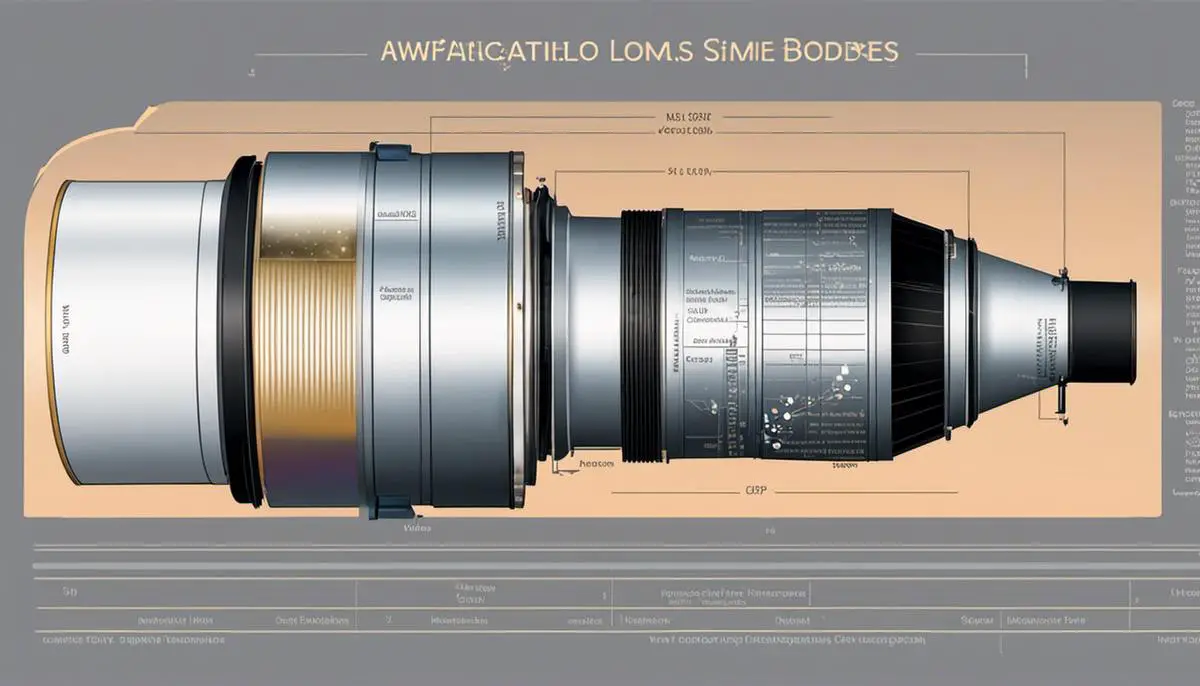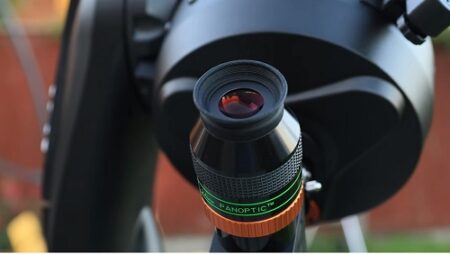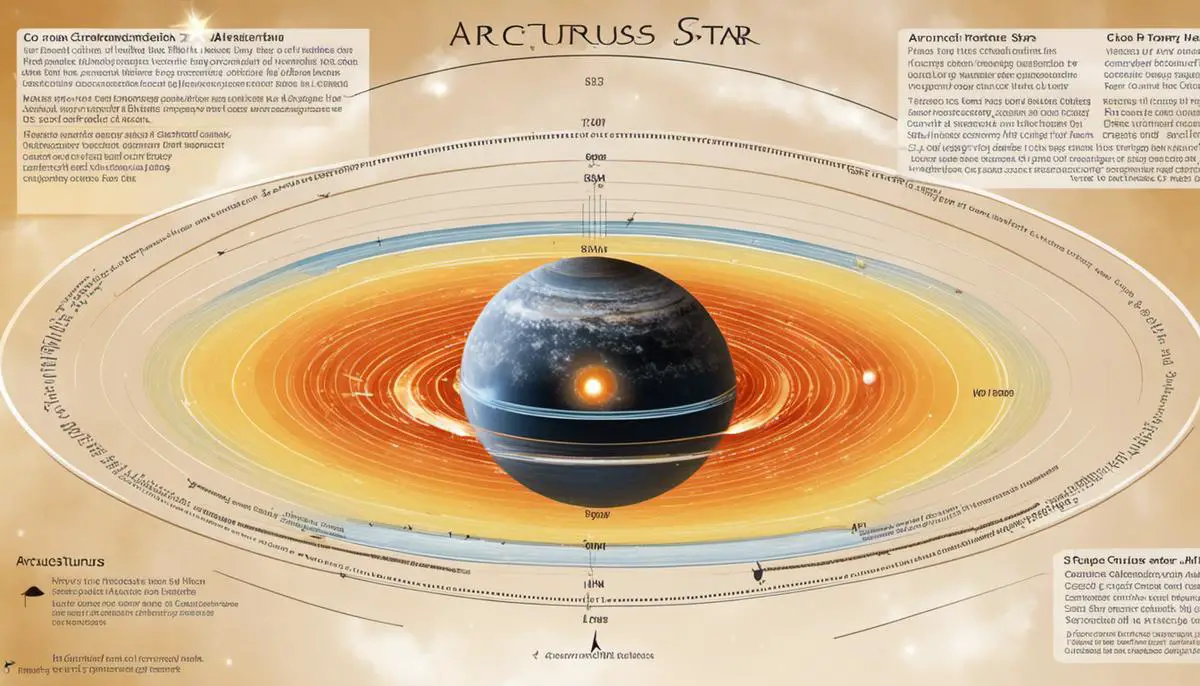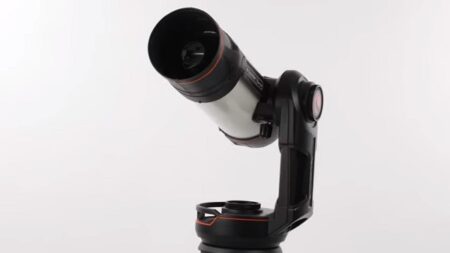Telescope lenses continue to pique the interest of sky watchers, both amateur and professional, due to their ability to open up night skies revealing the vast mysteries of our universe. From nebulae to galaxies, no celestial body is beyond the reach of a telescope lens. However, it’s imperative to understand that not all lenses are created equal, and the size of the lens, particularly its millimeter specification, plays a cardinal role in determining the quality and nature of the views one can observe. This discussion delves into an examination of 10mm and 20mm telescope lenses, their unique features, benefits, drawbacks, and the scenarios where they excel, with practical examples to illustrate these differences, helping readers make an informed decision when selecting a telescope lens.
Understanding Telescope Lenses
Understanding Telescope Lenses
Telescope lenses are an integral component of any telescope, serving as the tool’s primary optical system. They work by refracting light to produce magnified images of distant objects, allowing us to see celestial bodies like stars, nebulae, and galaxies that are far beyond the reach of the naked eye. Essentially, telescope lenses are the “eyes” that bring the universe into closer view.
The Role of Telescope Lenses in Magnifying Celestial Bodies
Telescope lenses magnify celestial objects by bending incoming light through a process called refraction, thus enlarging the image your eye sees. They focus incoming light, with the objective lens (also known as the aperture) working to collect as much light as possible from the object being observed. The eyepiece lens, the one you look through, then magnifies the object in your field of view.
The Importance of Lens Size in Observing Different Celestial Views
In telescope lenses, sizes are classified in millimeters – typically referring to the aperture’s diameter. Size plays a critical role in determining how much light the lens can gather from the observed object, directly affecting its brightness and resolution. More considerable apertures will be able to collect more light and provide clearer and sharper images.
For instance, a 20mm telescope lens would have superior light-gathering capability and resolution compared to a 10mm lens, given the same telescope. This larger aperture means it can reveal more detail in the celestial bodies being observed, making it ideal for viewing distant galaxies or nebulae. Conversely, the 10mm lens might be more suitable for observing smaller and closer objects like the moon or planets within our solar system, providing enough brightness and detail.
However, choosing between a 10mm or 20mm lens also depends on other factors such as your viewing needs, the darkness of your viewing site, and even your telescope’s mount stability, as bigger lenses are often heavier. In summary, understanding sizes and roles of telescope lenses allows you to enhance your stargazing experience by choosing the best lens for observing various celestial bodies.
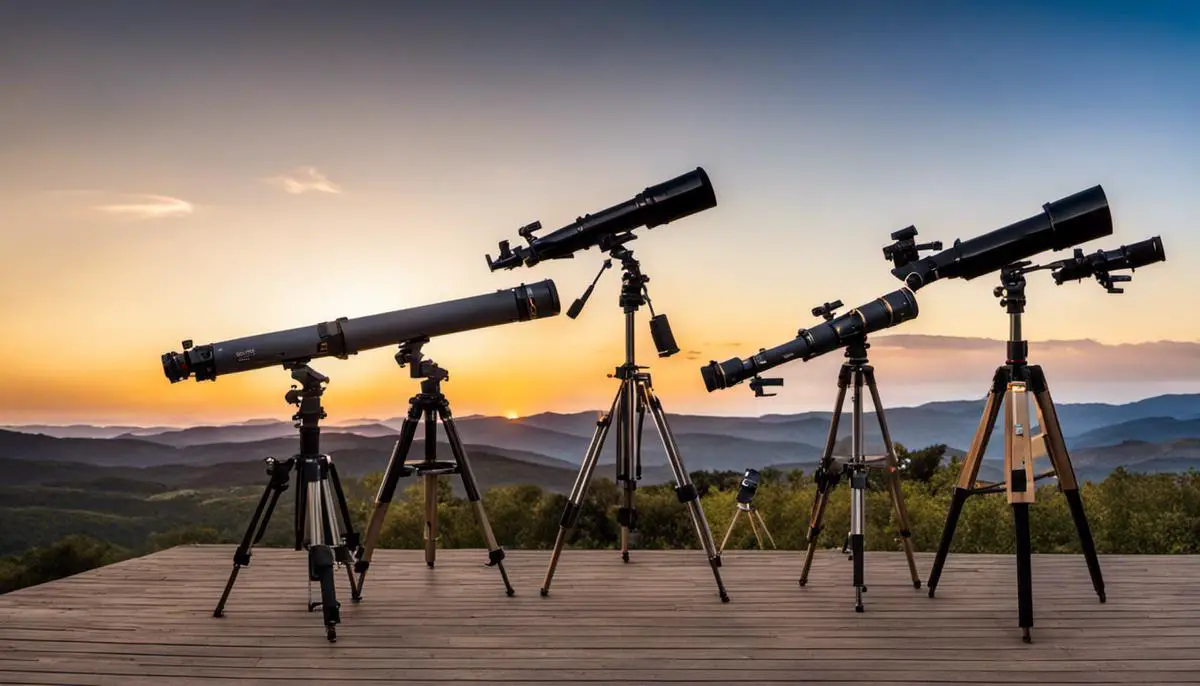
Detailed Examination of 10mm and 20mm Telescope Lenses
Understanding Telescope Lenses: 10mm and 20mm
Telescope lenses, also referred to as eyepieces, are crucial to the function and utility of any telescope. The measure (in mm) typically reflects the focal length of the eyepiece, with 10mm and 20mm being common sizes. The selection of the eyepiece significantly affects the viewing experience, influencing the field of view, magnification, and level of detail observed.
Function and Use of a 10mm Lens
A 10mm eyepiece provides high magnification, bringing objects closer and rendering them in higher detail than lower-millimeter eyepieces. This eyepiece is particularly effective to study moon craters, planetary surfaces, and other close celestial objects. The downside, however, is that it offers a narrow field of view, which means only a small portion of the sky can be observed at a time.
The 10mm lens is perfect for those interested in exploring detailed features of celestial objects. For instance, if you’d like to examine the bands on Jupiter or surface details on Mars in great detail, a 10mm lens would serve you well.
Function and Use of a 20mm Lens
One of the primary benefits of a 20mm eyepiece is its wider field of view compared to a 10mm lens. This makes it an excellent choice for beginner astronomers who want to explore broader sectors of the sky and for observing larger celestial objects like nebulae and galaxies.
The trade-off for this wider field of view is lower magnification, which means distant celestial objects might not appear in as much detail as they would with a 10mm lens.
Choosing Between a 10mm and 20mm Lens
The selection between a 10mm and a 20mm telescope lens largely depends on what you aim to observe. If you prefer viewing larger chunks of the sky, tracking moving objects easily, or observing large nebulae and galaxies, the 20mm lens is preferable due to its wider field of view.
On the other hand, if you desire to study celestial objects in great detail, such as inspecting lunar craters or Jupiter’s bands, the 10mm lens would be a better choice due to its higher magnification.
Equipping yourself with both eyepieces can be highly advantageous as it increases the range of celestial bodies you can explore. By simply swapping between the 10mm and 20mm lenses, you can adjust your telescope to suit your observing needs, be it wide-field viewing or deep-sky gazing in detail.
Drawbacks of the 10mm and 20mm Lenses
While both the 10mm and 20mm lenses have their unique benefits, they come with some drawbacks. The 10mm lens, although providing high magnification, limits the field of view, and inexperienced users may find it challenging to locate and track objects. Higher magnification also magnifies the effects of atmospheric instability and may lead to blurry images on some nights.
The 20mm lens serves a larger field of view well but is not as desirable for observing smaller, distant celestial bodies in detail. Lower magnification lends relatively poor resolution for distant celestial objects.
Final Thoughts
The debate between a 10mm and 20mm telescope lens is primarily dependent on personal preference and observation goals. Understanding the strengths and weaknesses of each lens will allow you to make an informed decision and enhance your stargazing experience. Keep in mind that variables such as sky conditions, light pollution, and the telescope specifications also play a role in your viewing experience.

Having explored the detailed specifics of 10mm and 20mm telescope lenses, one can appreciate the unique features and the contexts where each lens excels. While a 10mm lens offers higher magnification power and is ideal for observing distant celestial objects, the 20mm lens captures wider celestial vistas with a lower magnification. Both lenses are instrumental in revealing the enigmatic wonders of the universe from our viewpoint, yet their usage is dependent on the observer’s particular interest, whether it be capturing wide sky views or focusing on closer, in-depth observations of distant galaxies. As the saying goes, “The beauty of the universe is in the eye of the telescope holder”.

I’m Ali. BestTelescopeReview.com is my little place on the web to express what I’ve learned first-hand, specially about the telescope part. I am writing these articles to share my love for astronomy with you.

